Blog #85 [CAM/O]
Blog #85 [CAM/O]
For some reason recently I’ve been putting [brackets] on everything such as file names, titles, and folder names. There are three reasons that I think I am doing this.
- Brackets remind me of frame lines that are used within most camera viewfinders to give you the approximate edges of the frame. Since I’m totally obsessed with photography, this makes perfect sense and is the most likely cause of this quickly forming habit.
- Perhaps I’m reminded of the technique of bracketing or taking multiple images [usually 3 or 5] all at slightly different exposures and then combining those images to make an HDR [High Dynamic Range] image. This is true but not a likely cause of this behavior.
- The standard QWERTY keyboard has dedicated keys for the non-curved edition of the bracket, back to back, from your right pinky and the more commonly curved brackets or (parentheses) require the use of the shift key. This is inefficient and utterly nonsense. Who invented this asinine convention? I’m replacing the parentheses with the bracket from now on, who’s with me?
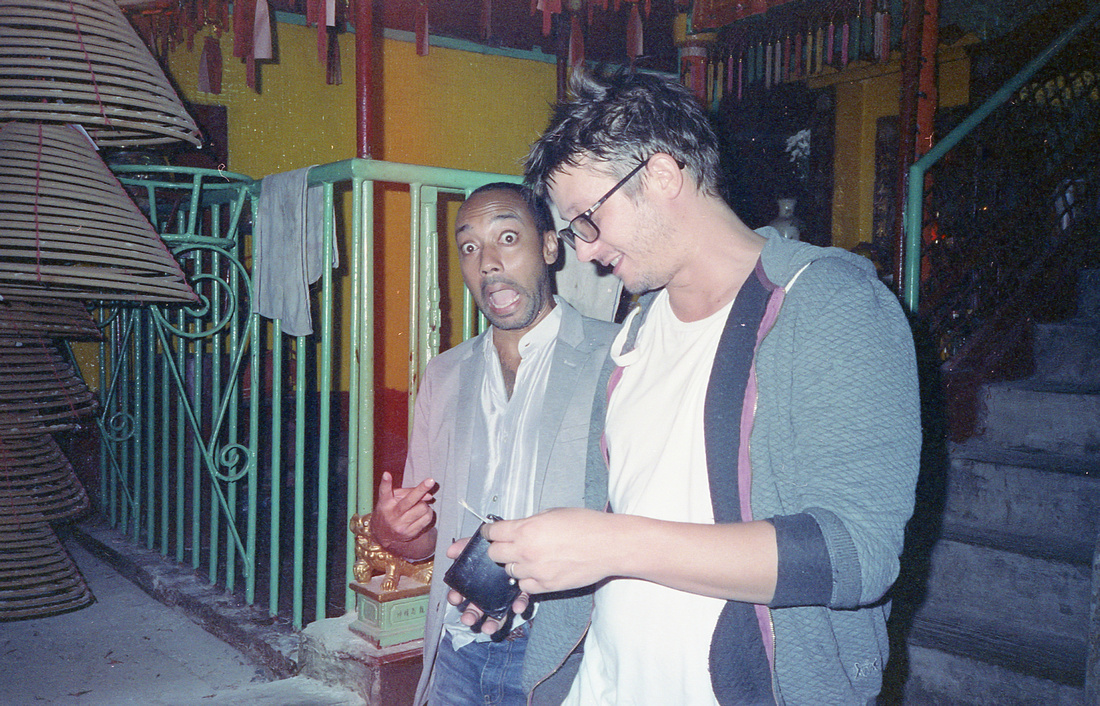

Actually, the purpose of this blog post was to share the three ingredients that are required to make images that work or images that may even be outstanding. It’s a simple formula, really. To help you remember it, I made up an easy to remember acronym [an abbreviation formed from the initial letters of other words and pronounced as a word].
[CAM/O]
Again with the brackets? Get used to it people, they’re here to stay.
So there’s your acronym and formula for making successful images. Here’s what it means.
1. Composition. There are like over a million words on this subject so I’ll be brief. Where will the subject be placed within the image in relation to the other objects? Think, How do I arrange this scene look awesome? This requires some deliberate thought and action albeit it may take a fraction of a second to actually execute in the real world. The term implies some additional effort to draw the attention of the viewer to your subject. Avoid placing the subject in the centre of every photo that you make. Change your point of view [POV]. This can be accomplished through various techniques that I have written about previously [here]. Albert Einstein famously said that “If you can’t explain it simply, then you don’t know it well enough”. Henri Cartier Bresson [arguably one of the best artist/photographers who ever lived] summed up composition in just one word, [Geometry].
2. Action. The subject of the image should have some sort of action going on. Think dynamic over static. A person can be posed or making a gesture that is strong and memorable. Gesture matters big time. Still life images and head shots or landscapes are more difficult to show action but the best ones arguably have this. Look at the sky in most Ansel Adams landscapes or Weston’s peppers. Use lighting in portraits to create action or drama.
3. Move/Out. Remove non-essential objects from the image or story. Watch the corners and check the background. Wait a few seconds for that dude to walk out of your frame, it’s well worth it. What you take out is as important as what you put in. This is best accomplished in the camera [see #1 above]. However, cropping may be necessary. Think less is more. Images may be simple or elaborate but only if required by the story. Alex Webb and Josef Kouldelka were masters of packing their frames with layers of chunky goodness and making delicious images that worked and worked extremely well for their complexity.
It’s easy to remember because it’s half of the words of camera. It’s a mnemonic device and therefore easier to remember [You’re Welcome!]. Camo is also a familiar word that is short for camoflauge and something that you might want to consider when dressing for candid street or event photography. Think all black.
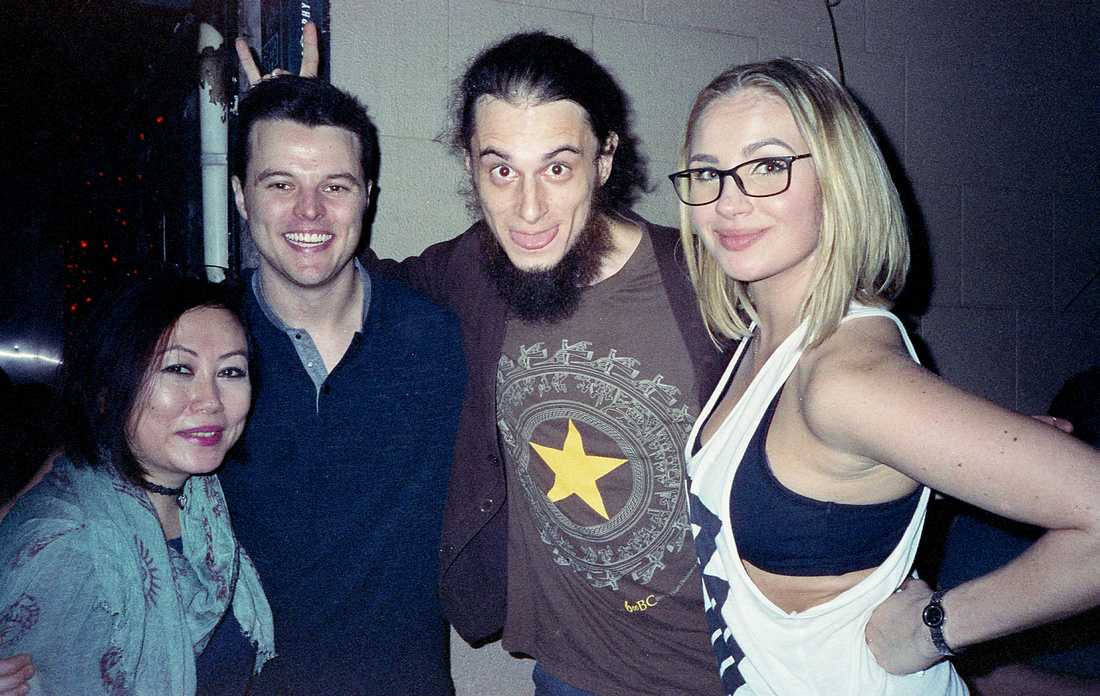

Let’s review:
You want make awesome images, don’t you? It’s easier said than done but write this on the top of your right hand next time you pick up a camera:
[CAM/O]
- Composition = Think, How do I arrange this scene look awesome?
- Action = Think, dynamic over static.
- Move/Out = Think, less is more.
Remember, the light is always right.
jhg
*Images in this blog post were shot on the streets of Hong Kong one night in November with a Nikon L35 and Cinestill 800 Color 35mm film.*
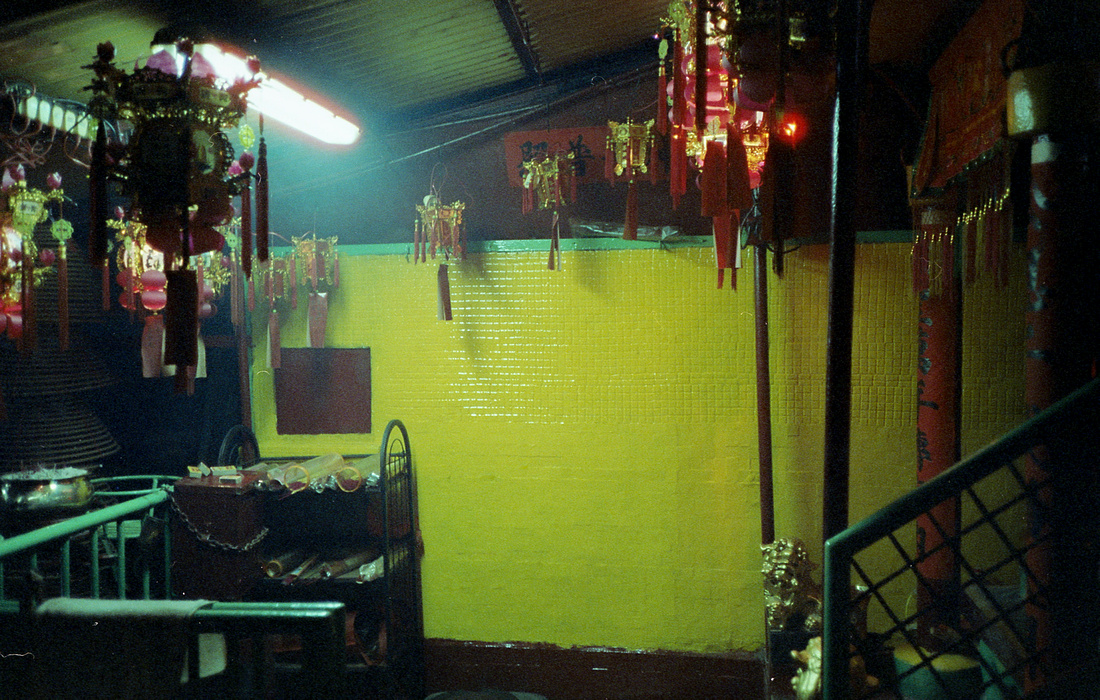



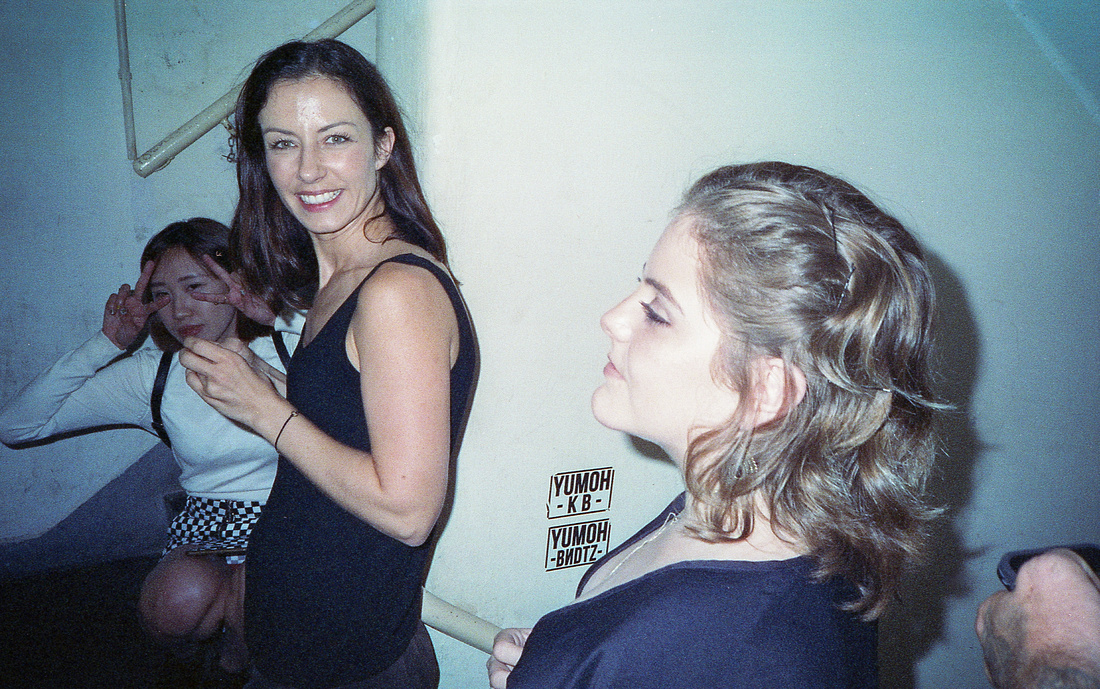

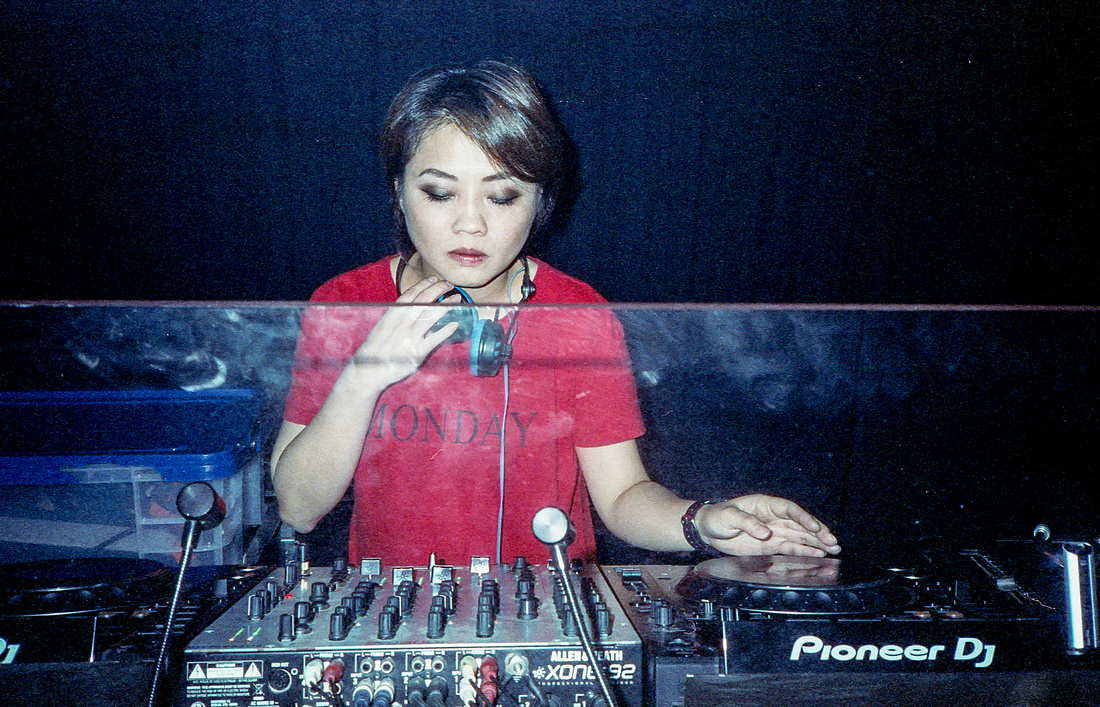

Casual Photophile Tip & Techniques No. 001 The Subject is the Subject
The Inspired Eye Photography Magazine Issue #40 (full interview)
Hong Kong Free Press: HKFP Lens
Blog #47 Composition, Composition, and More Composition
Blog #65 Summer is for Travel (Hanoi)
Blog #67 Risks, Rules, & Restrictions
Blog #68 Photography is a Gift
Blog #72 Living the Creative Life